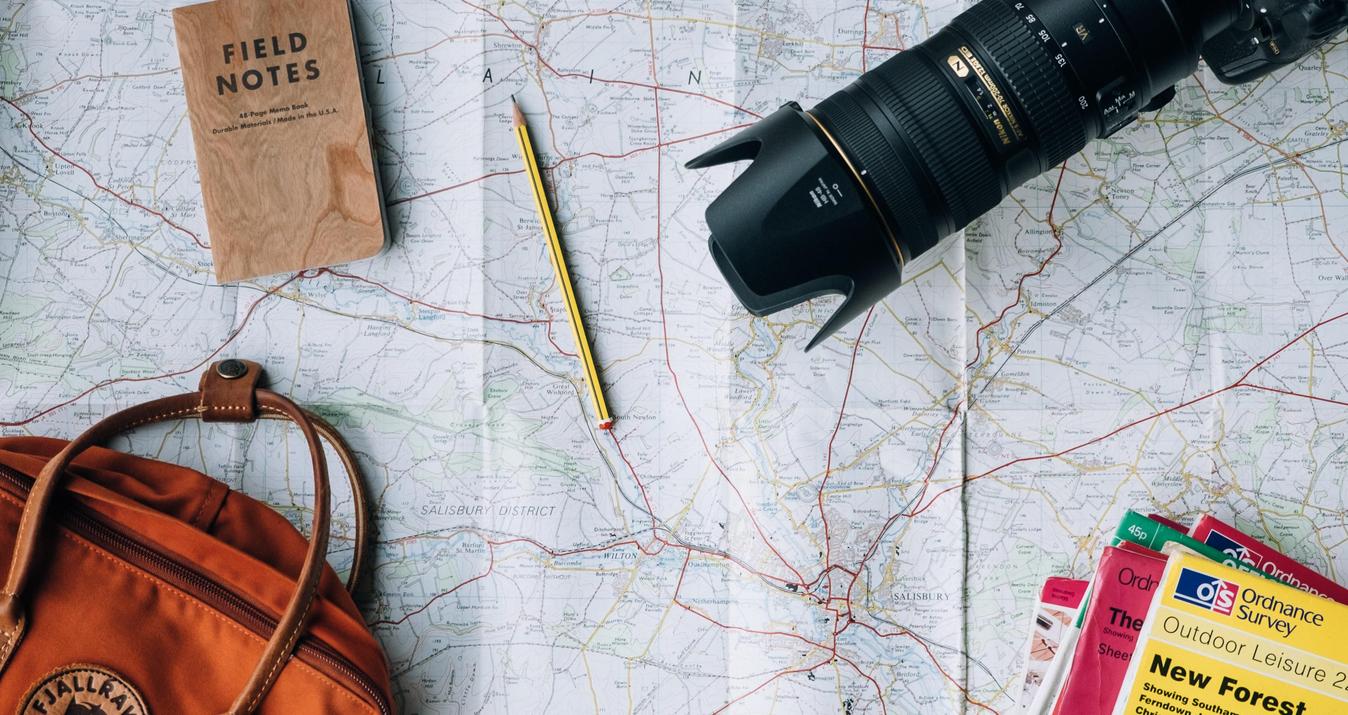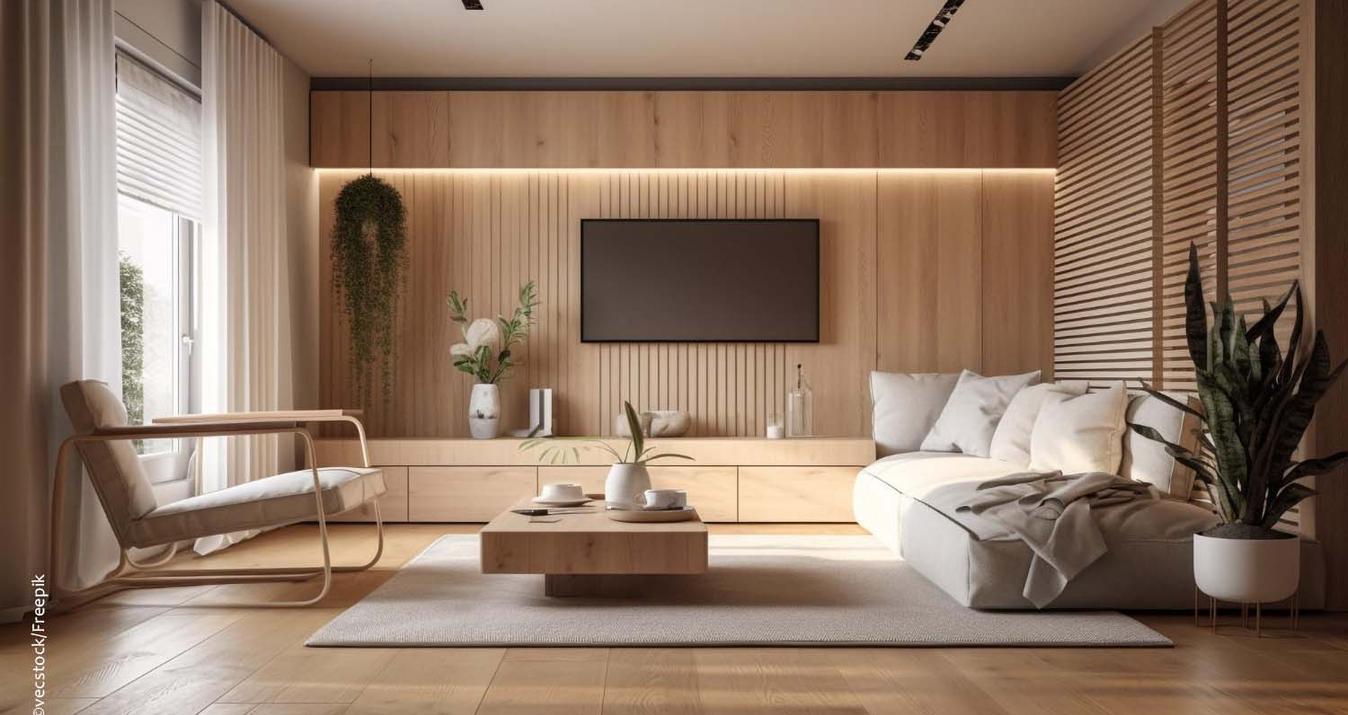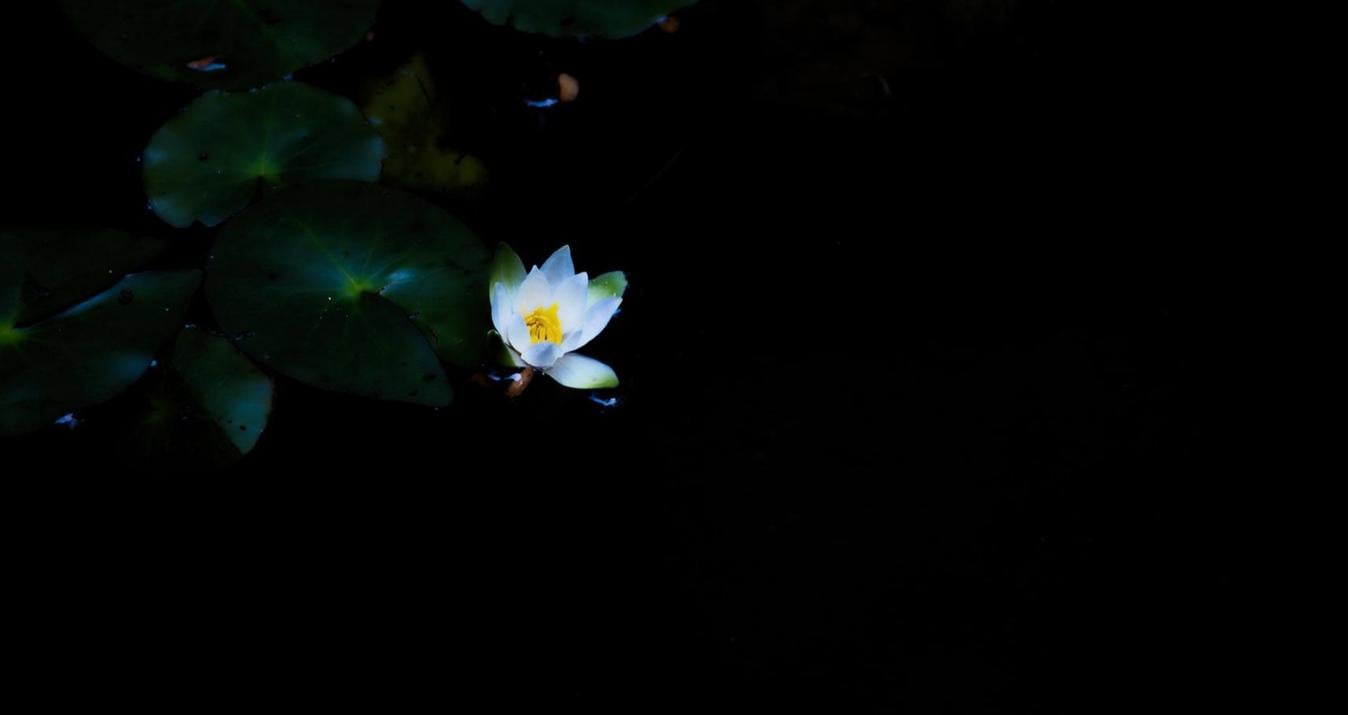In the world of product commercial photography, where every pixel matters, mastering the art of capturing intricate details becomes essential for aesthetics and financial reasons. When it comes to photography for commercial use, creating an aesthetically pleasing image is no longer enough. It is not only about art. The main goal of every commerce is getting an income. For a client to want to buy a product from your picture, you need to learn how to photograph it correctly. This type of photography is also complicated because different audiences can buy the same product, and the photographer must create a universal photo that will interest as many potential buyers as possible.
Imagine a product photograph where every nuance, every texture, and every contour is brilliantly sharp and vivid. It empowers photographers to seamlessly merge multiple images, taking advantage of each frame's sharpest areas. This tool unlocks a new dimension of creative control, where you, the photographer, become the conductor orchestrating symphonies of clarity and detail.
The given article is devoted to basic tips on how to get started in commercial photography and how Luminar's Focus Stacking could be used in favor of your business.
Definition of Commercial Photography
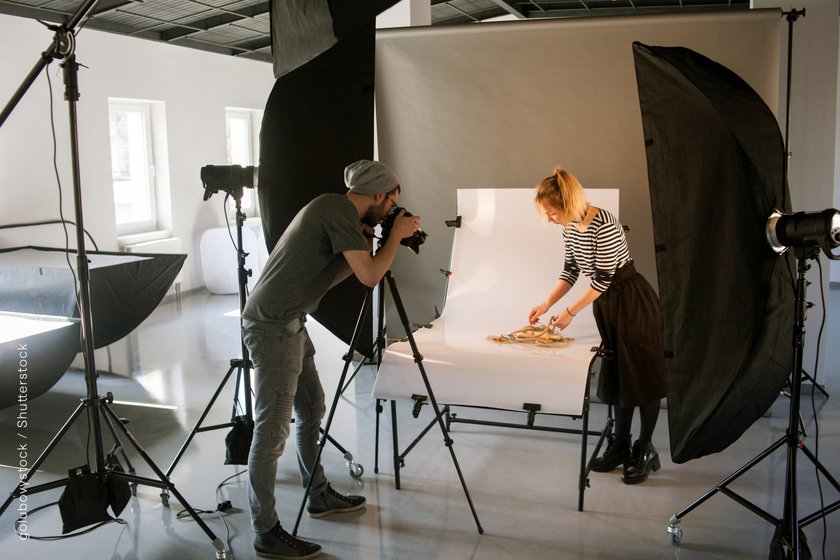 Before diving into commercial photography, clearly defining what you will deal with is better. So, what is commercial photography?
Before diving into commercial photography, clearly defining what you will deal with is better. So, what is commercial photography?
Every photographer has a message hidden in their words for the audience to decode. In commercial photography marketing, this message should be: "You need to buy this product." Commercial photography is a specific tool for influencing potential buyers, translating a brand's identity and the unique features of its products into compelling visual narratives.
It is about capturing images that serve a specific commercial purpose for advertising, marketing collateral, e-commerce platforms, or any other avenue where product visuals influence consumers' perceptions.
In essence, commercial photography is the bridge that connects a brand with its customers. It forges an emotional connection, builds trust, and conveys a sense of quality and professionalism. Therefore, mastering the nuances of commercial photography is not just about technical skills; it also means understanding the psychology of consumers, staying updated with market trends, and having the creative ability to translate concepts into captivating imagery.
Advanced yet easy-to-use photo editor
Get Luminar Neo NowHow to Get Started in Commercial Photography?
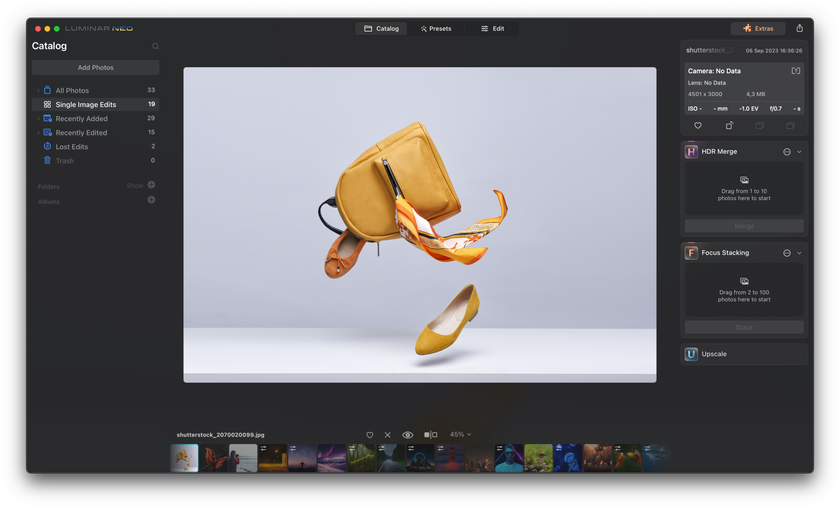 A photographer may have an amazing creative vision and outstanding technical skills. However, they must still have the knowledge base on how to start a product photography business. So, here is a step-by-step guidance for those who want to earn money on the photographs:
A photographer may have an amazing creative vision and outstanding technical skills. However, they must still have the knowledge base on how to start a product photography business. So, here is a step-by-step guidance for those who want to earn money on the photographs:
- Collect a portfolio. It should be diverse and compelling so potential clients will see that you are a versatile and capable specialist with all the necessary skills. Craft captivating images across various product categories to illustrate your proficiency in capturing different textures, materials, and shapes. For inspiration or to find the best platforms to showcase your work, check out these top photography portfolio websites.
- Find your field. There is no doubt that versatility matters. However, specialization is what could differentiate you from other photographers. The fewer conquerants within your specific niche, the more likely you are to attract more potential clients. Whether it's jewelry, fashion, food, or electronics, becoming an expert in a specific domain enhances your credibility and attracts clients seeking specialized expertise.
- Be online. In the 21st century, technologies in general and social networks in part are inevitable. In marketing, they can either spoil your reputation forever or help you reach the top. So, use social networks wisely, and they will help your business grow. Create a website highlighting your portfolio, services, pricing, and contact information. Leverage social media platforms to showcase behind-the-scenes glimpses, before-and-after shots, and engaging content that resonates with your audience.
- Connection is the key. Creating networks, learning, and getting to know something (and someone) new is paramount for every business. Attend industry events, workshops, and conferences to connect with potential clients and collaborators. Establishing relationships can lead to referrals and partnerships that propel your business forward.
- Define a proper price. Research the market rates in your region, considering factors like your experience, overhead costs, and the value you provide. Aim for a balance between competitiveness and fair compensation.
- Invest in equipment. A poet can write a masterpiece on an old napkin. A musician can mix random sounds like lightswitch clicking or cat meowing into a chart-topping hit. But when it comes to visual arts like photography, the final result depends on the tools you use to transmit your creative vision to the audience. Research and invest in a camera, lens, lighting equipment, and editing software that meets your niche's demands. You can find more information about essential photo gear here.
By following these simple but important rules, you will quickly achieve success in product commercial photography. Develop your imagination and creativity, and look for unusual angles and ideas for understanding everyday things. Constant practice will also be useful. You can use any item in your home, street cafe, or store to train and fill your portfolio. Look for your style to portray different subjects, as it will give you uniqueness among competitors.
Image Stacking Software in Commercial Photography
 Image stacking software is a sophisticated tool designed to enhance the clarity and depth of photographs by merging multiple images taken at different focal points. It is very commonly used in the fields and genres of photography where the role of details is paramount, including commercial photography. The software employs advanced algorithms to combine these images, selecting the sharpest portions from each frame to create a final composite image with exceptional detail and focus.
Image stacking software is a sophisticated tool designed to enhance the clarity and depth of photographs by merging multiple images taken at different focal points. It is very commonly used in the fields and genres of photography where the role of details is paramount, including commercial photography. The software employs advanced algorithms to combine these images, selecting the sharpest portions from each frame to create a final composite image with exceptional detail and focus.
Capture Every Detail with AI-Powered Focus Stacking
Discover it NowThe focus stacking software overcomes the limitations of traditional photography, where achieving sharpness and focus across an entire product can be quite complicated due to the inherent constraints of depth of field. Image stacking software, such as Luminar's Focus Stacking, makes it easy for commercial product photographers to capture and present products in a way that accentuates their finest attributes. Problematic issues, such as bad focus, can be eliminated within seconds, resulting in a final picture close to perfection. The potential customers will be able to have the product presented to them in the most attractive way possible.
Consider a scenario where a product photographer aims to capture the intricate details of a piece of jewelry. With image stacking software, they can capture a series of shots, each focused on a different part of the jewelry. The focus stacking software seamlessly combines these images, ensuring that every facet, every gemstone, and every curve is captured with impeccable clarity. The resulting image becomes a testament to the product's craftsmanship, making it an enticing proposition for potential buyers.
Bottom Line
Commercial photography is defined as using images to gain income, making the art of photography serve business purposes. A good commercial photographer should have a versatile portfolio, but there should be a specific niche, an ability to work in which makes them unique. For a commercial photography business to be successful, it is important to follow the industry's most up-to-date news and stay connected with potential clients and collaborators, both online and offline. The price of the commercial product photographer's services should be well-balanced. Since the final result of the photographer's job depends a lot on tools, they should be selected wisely. It refers to technical equipment like cameras, lenses, protectors, and software to ease the working process.
Commercial product photographers commonly use image stacking software because it allows them to achieve a successful final result by combining several seemingly unsuccessful attempts, accumulating the advantages of multiple images, and eliminating the negative aspects carried by each of them. One of the great examples of this kind of software is Luminar's Focus Stacking. Using it, a photographer can capture the product, sophistically focusing on the smallest details from every possible perspective to ensure the final result looks flawless. Relying on this software, a commercial product photographer can be sure that potential customers can view the product in the most appealing way possible.
A Special Perk for Our Blog Readers
Get a 10% discount on Luminar Neo and dive into professional photo editing today!
Thank you for subscribing.
Your gift is waiting in your inbox!




